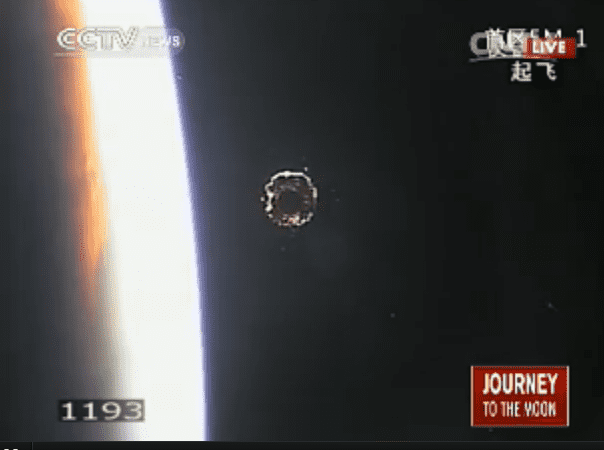In the early hours of December 2nd, China deployed its Chang’e-3 spacecraft on route for the moon after launching it via a Long March 3B rocket from the Xichang launch centre in Sichuan. The spacecraft is expected to reach lunar orbit in about 4 days, if everything goes as planned. On 14 December, the probe is expected to touch base with the moon at Sinus Iridium and release a rover. If successful, this would be the first soft landing since the Soviet Luna-24 mission in 1976.

This is the third spacecraft deployed by China to the moon, after previously Chang’e 2 and Chang’e 1 moon orbiters successfully entered lunar orbit. This time, instead of crashing the probes, Chinese scientists hope to direct Chang’e 3 for a soft landing and release a six-wheeled rover named Yutu, the ‘jade rabbit’ companion of the Moon goddess Chang’e. On the moon’s surface, Yutu will perform various experiments using its built-in cameras, an ultraviolet telescope and an X-ray spectrometer mounted on a robotic arm.
China has a slew of other ambitious space projects lined up as well, like its own space station by 2020 and plans of sending a robot to the moon within two years and also to bring a lunar sample home by 2017.






